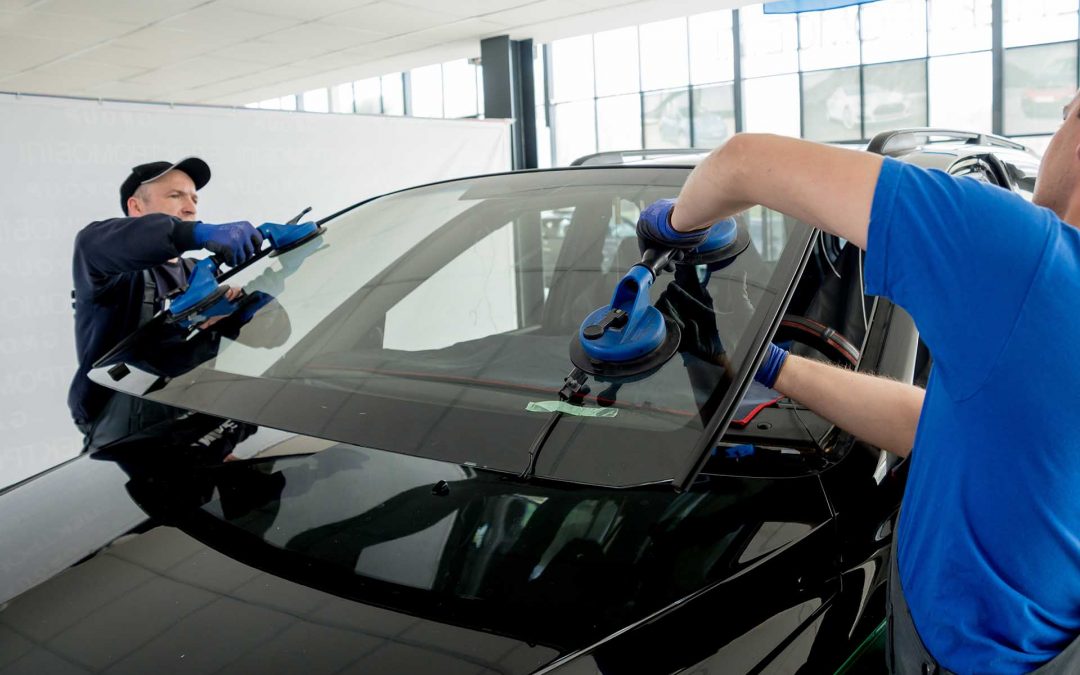
In modern vehicles, glass repair is no longer simply a matter of replacing cracked panes and seals. The front windshield often serves as the mounting site for cameras, sensors, and radar systems that underpin various advanced driver‑assist systems (ADAS). When a windshield is removed or repositioned, even a very slight change in angle, height or orientation can throw those safety systems out of spec. That’s why proper recalibration is as essential as the glass install itself. For those seeking reliable service in areas specializing in auto glass Houston, ensuring recalibration is part of the process is a must.
When a vehicle undergoes a windshield replacement or significant glass work, the technicians must identify whether the camera or sensor modules have moved or been disconnected. Without appropriate recalibration, functions such as automatic emergency braking, lane‑departure warning or adaptive cruise control may not operate correctly. Reports show that misalignment of just a single degree can translate into large margin errors in obstacle detection.
In this context, searching for “windshield repair Houston” should lead you to providers who not only replace glass but also conduct full diagnostic scans before and after installation, carry the correct calibration targets, and follow manufacturer calibration protocols. Skipping the calibration step could leave systems in a degraded state—perhaps still functional but not to the level intended by the vehicle maker. This is not just about convenience but about safety and system reliability.
Parallel to the windshield, other glass components of the vehicle also demand attention—particularly the roof‑mounted or overhead glass assemblies. When an overhead panel is removed during work that might involve the sun roof or panoramic glass assembly, the surrounding roof structure and sensor housings may also shift slightly. That is where sun roof repair intersects with recalibration concerns. Though overhead glass may not always host the main camera suite, any movement in that area can affect sensor brackets or roof rigidity, and in vehicles with integrated safety systems the outcome can still ripple into detection systems.
The recalibration process itself can generally take one of two forms. Static calibration is performed while the vehicle is stationary, using laser targets, level surfaces and precise distances in a controlled environment. Dynamic calibration involves driving the vehicle under specific conditions so the systems self‑adjust in real‑world situations. The necessity of either (or both) depends on the vehicle’s make, model and the extent of the glass removal. A thorough provider of auto glass Houston‑standard services will know which is required and will advise accordingly.
It’s important to understand that even after a flawless glass installation you might still experience dashboard warning lights, false alerts, or disabling of certain features if recalibration is skipped or improperly done. Without recalibration, your advanced systems are operating off‑calibration, and the margin for error increases. Beyond just technical functionality, this issue can affect warranties or insurance outcomes if an accident occurs and the systems fail due to misalignment.
When you’re arranging for glass replacement or major repair, make sure the service provider includes recalibration as part of the scope. Whether you’re booking a full replacement of the windshield or specializing in windshield repair Houston, the inclusion of sensor realignment and target recalibration should be non‑negotiable. Similarly, when tackling overhead work such as sun roof repair, be sure the installer understands the implications for sensor mounts and glass alignment, and that adjacent systems are verified.
In summary, while the glass itself is still a major component of the vehicle’s protection and visibility, the downstream impact of that glass on your safety systems is what really elevates its importance. The search for “auto glass Houston”‑level expertise shouldn’t stop at just installation—it must include the full service continuum: inspection, proper adhesive and mounting, then recalibration of all associated systems. In doing so you restore not just the physical glass but the integrity of the safety features that depend on it.

